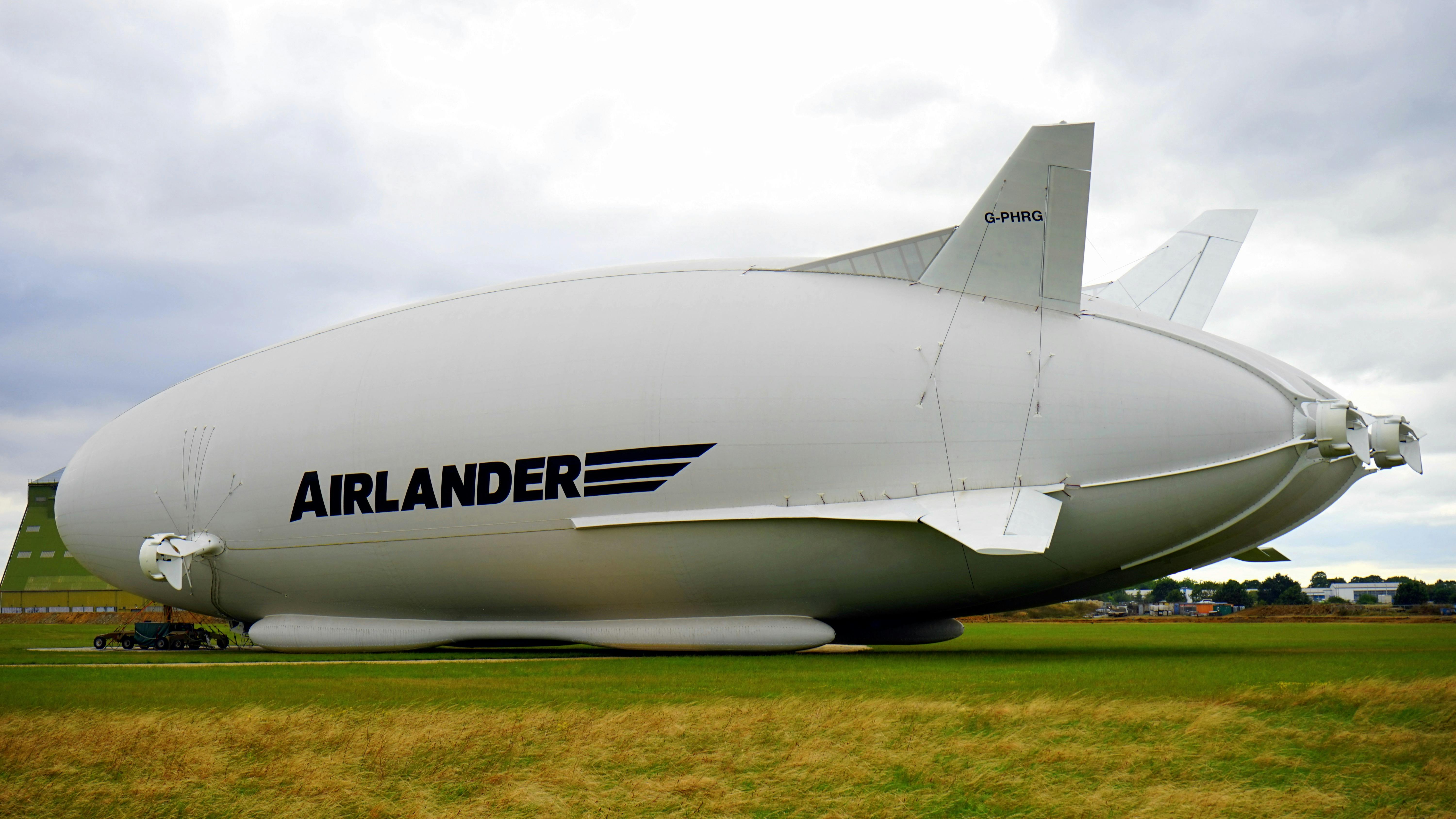A Comprehensive Guide to Careers in Aviation Training and Development
With more people considering aviation roles in 2025, training pathways in this sector are gaining increased attention. This overview helps outline how career development in airline training is usually structured, what areas individuals typically specialize in, and how various aviation roles differ by focus. For those interested in flight operations, technical education, or ground-based support, understanding how aviation programs align with different career tracks may offer helpful insights. From simulation-based learning to air safety procedures, this guide highlights what’s often explored when researching aviation training in today’s growing aerospace workforce.

What Types of Pilot Training Programs Are Available?
Pilot training programs vary significantly in duration, cost, and certification outcomes. Private pilot licenses represent the entry level, requiring approximately 40 flight hours and ground school instruction covering navigation, weather patterns, and federal aviation regulations. Commercial pilot programs demand more extensive training, typically requiring 250 flight hours and instrument rating certifications.
Airline transport pilot licenses represent the highest certification level, requiring 1,500 flight hours and comprehensive training in multi-engine aircraft operations. Flight schools offer structured programs through universities, dedicated aviation academies, and military training pathways. Each program type provides different advantages, from accelerated civilian programs to comprehensive military training with service commitments.
How Do Aeronautical Engineering Careers Develop?
Aeronautical engineering careers begin with bachelor’s degree programs in aerospace or aeronautical engineering, typically requiring four years of study in mathematics, physics, and specialized engineering coursework. These programs cover aircraft design principles, propulsion systems, aerodynamics, and materials science applications specific to aviation technology.
Career advancement often involves pursuing master’s degrees or specialized certifications in areas like avionics systems, structural analysis, or propulsion technology. Aeronautical engineers work in aircraft manufacturing, government agencies, research institutions, and consulting firms. Professional development continues throughout careers through industry conferences, certification programs, and emerging technology training as aviation systems become increasingly sophisticated.
What Determines Air Traffic Controller Salary Ranges?
Air traffic controller salary structures vary based on facility type, geographic location, and experience levels. Entry-level controllers typically earn between $45,000 and $60,000 annually, while experienced controllers at major airports can earn $120,000 to $180,000 per year. Federal Aviation Administration controllers generally receive higher compensation than those working at contract towers or smaller facilities.
Geographic location significantly impacts salary ranges, with controllers in major metropolitan areas and high-traffic airports earning premium wages. Career advancement opportunities include supervisory positions, facility management roles, and specialized positions in approach control or en-route centers. Retirement benefits and job security traditionally make air traffic control attractive despite demanding work schedules and high-stress environments.
What Skills Do Aviation Maintenance Technicians Require?
Aviation maintenance technician careers require completion of Federal Aviation Administration-approved programs, typically lasting 18 to 24 months at specialized technical schools. These programs cover aircraft systems, powerplant mechanics, avionics troubleshooting, and regulatory compliance requirements. Students learn hands-on maintenance procedures through laboratory work and internship opportunities.
Certification pathways include airframe and powerplant licenses, allowing technicians to perform major repairs and inspections on commercial aircraft. Continuing education requirements ensure technicians stay current with evolving aircraft technologies and regulatory changes. Career specializations include line maintenance, heavy maintenance checks, avionics systems, and quality assurance roles within airline maintenance organizations.
| Career Path | Training Duration | Typical Starting Salary | Advanced Salary Range |
|---|---|---|---|
| Pilot Training Programs | 6 months - 4 years | $40,000 - $80,000 | $100,000 - $300,000+ |
| Aeronautical Engineering | 4-6 years education | $65,000 - $85,000 | $90,000 - $150,000+ |
| Air Traffic Controller | 12-18 months | $45,000 - $60,000 | $120,000 - $180,000 |
| Aviation Maintenance | 18-24 months | $35,000 - $50,000 | $60,000 - $80,000 |
Prices, rates, or cost estimates mentioned in this article are based on the latest available information but may change over time. Independent research is advised before making financial decisions.
Training Investment and Career Outlook Considerations
Aviation training programs require significant financial and time investments, but offer stable career prospects in a growing industry. Pilot training costs range from $80,000 to $200,000 depending on program type and certification goals. Engineering degrees typically cost between $40,000 and $120,000 for four-year programs, while maintenance technician training ranges from $15,000 to $40,000.
Industry growth projections indicate strong demand for aviation professionals over the next decade, driven by commercial aviation expansion and retiring workforce demographics. However, economic downturns can impact hiring cycles, making financial planning and career flexibility important considerations for prospective aviation professionals.
Aviation careers offer rewarding opportunities for individuals interested in technology, safety, and transportation systems. Each career path requires dedication to ongoing learning and professional development, but provides stable employment prospects and competitive compensation packages. Understanding specific training requirements and career progression pathways helps individuals choose aviation specializations that align with their interests and long-term professional goals.




